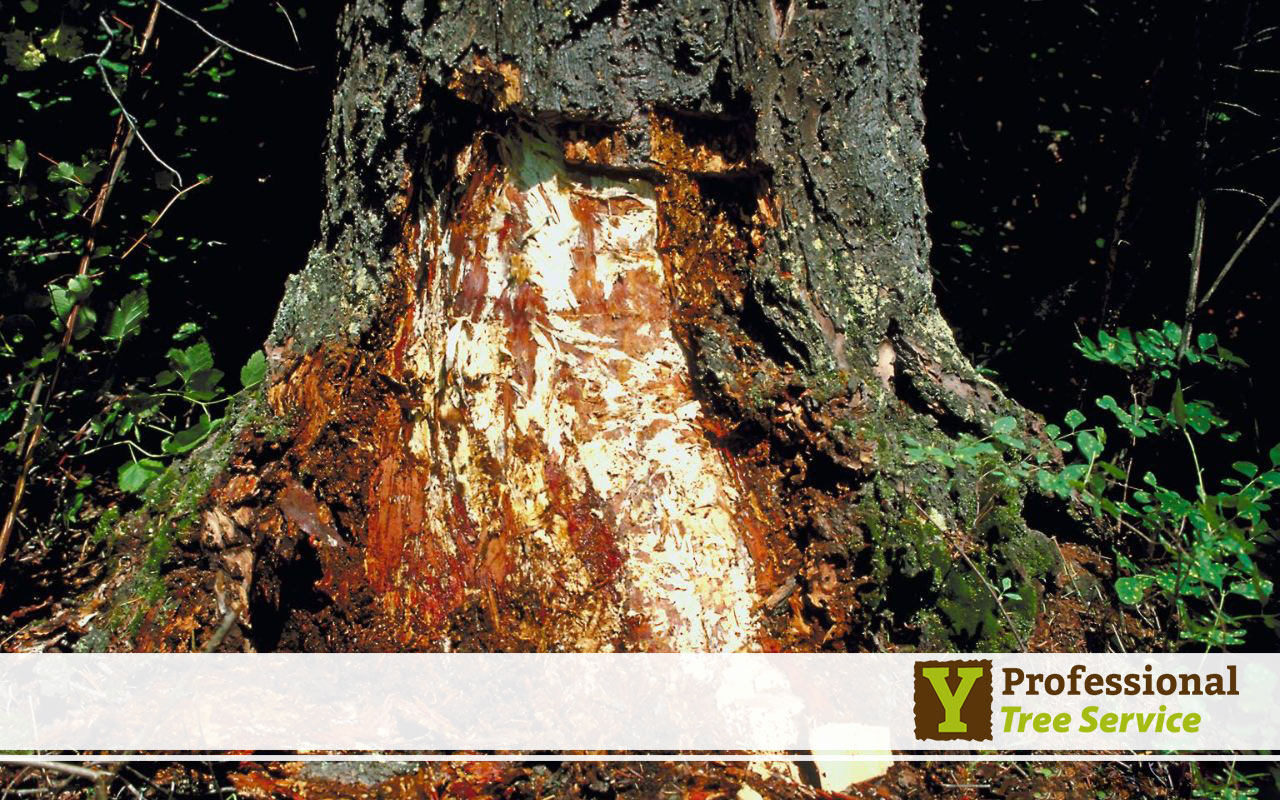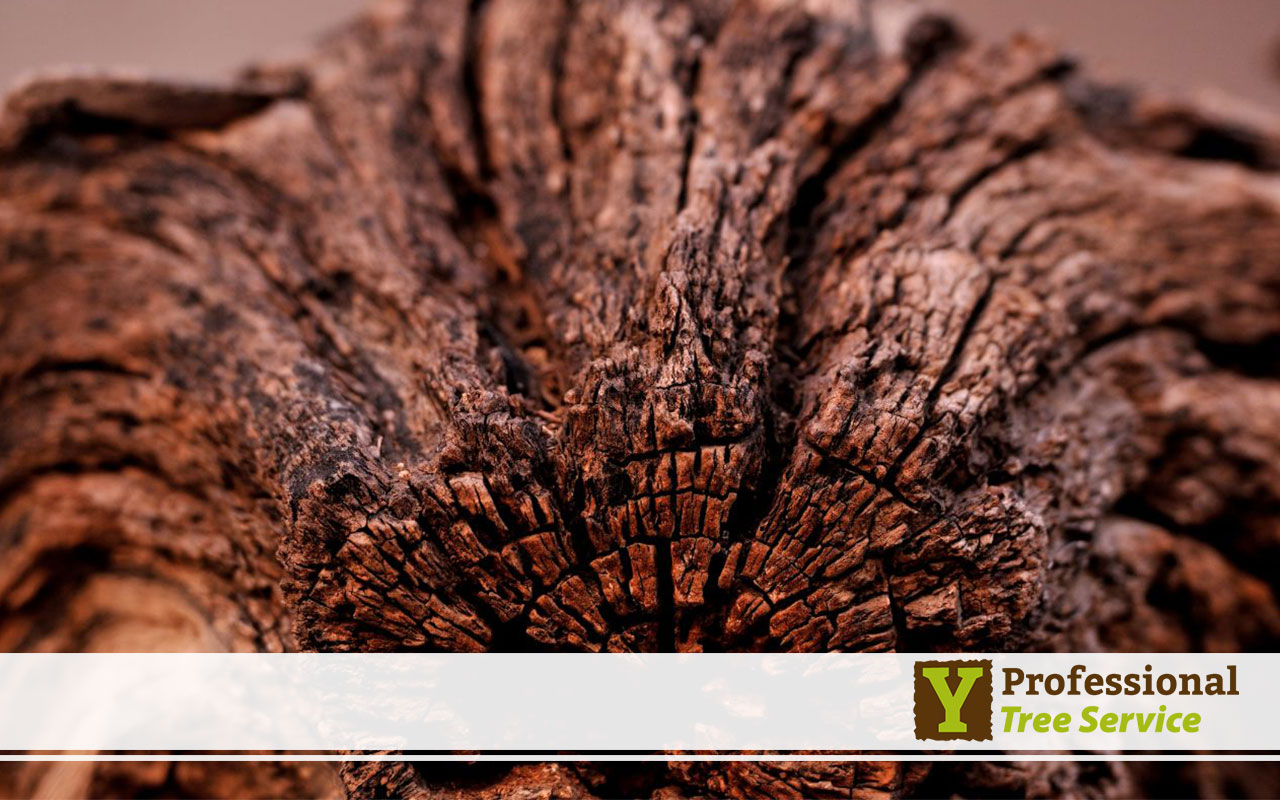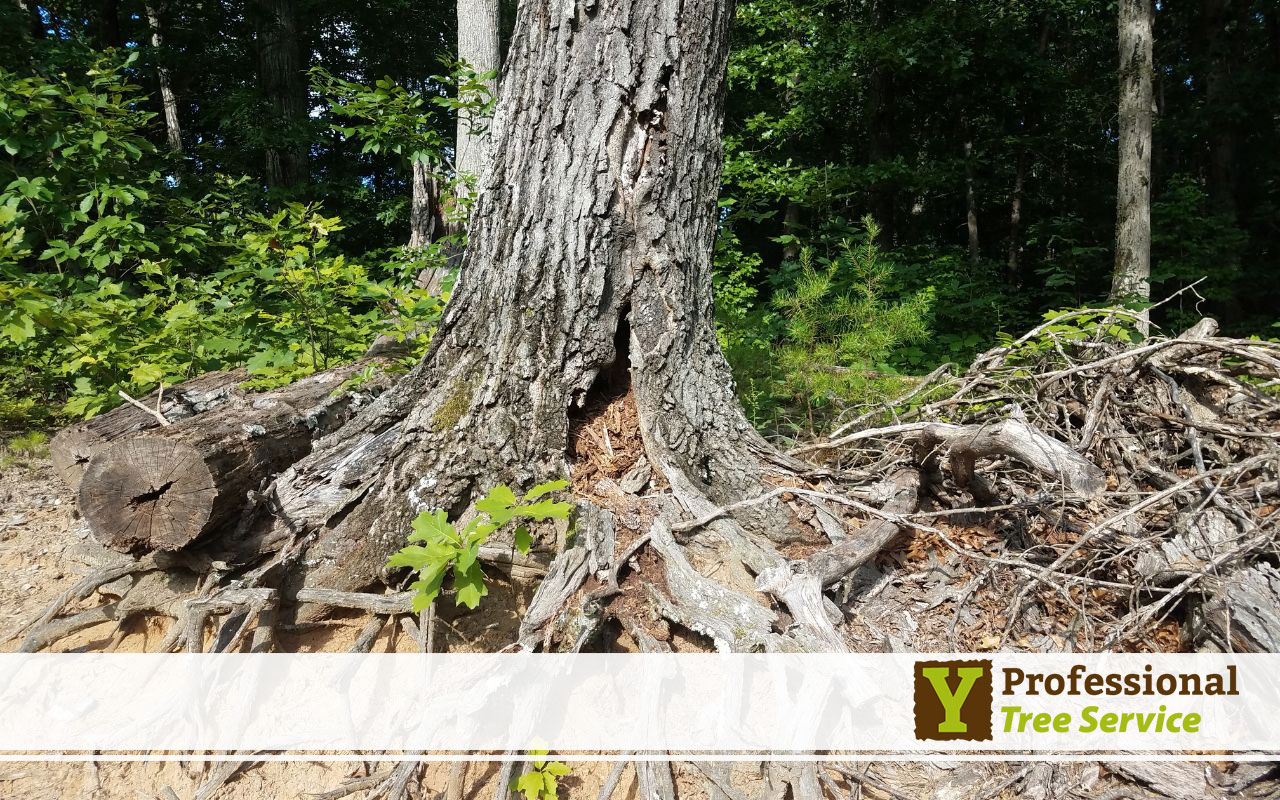
If you’re a plant enthusiast, you know how important it is to keep your plants healthy and thriving. Unfortunately, it is one of the most common problems that plants face. Root rot is a common problem in plants, especially those grown in soil. It is caused by a fungus that attacks the plant’s roots and causes them to decay.
Moreover, this issue can harm your plants and even kill them if not identified and treated early enough. This article will discuss everything you need to know about root rot, including its symptoms, causes, and how to prevent and treat it.
What is Root Rot?
Root rot is a condition that occurs when the roots of a plant become damaged or infected with a fungus or bacteria. Damages like these might happen by several factors, including overwatering, poor soil drainage, and poor air circulation around the roots. If the roots are going through damage, they are unable to absorb the nutrients and water that the plant needs to survive, and the plant will start to wilt and eventually die.
Factors that Contribute to the Development of Root Rot
Understanding the factors that contribute to developing this disease can help prevent it and keep your plants healthy.
Here are some of the factors that facilitate this problem:
Poor Drainage
Poor drainage is one of the leading contributing factors to root rot. When soil becomes overly saturated, it can create a breeding ground for fungus to grow. Excess water in the soil will deprive plant roots of oxygen, leading to root decay. Plants grown in soil with poor drainage are more susceptible to developing it.
Overwatering
Overwatering is another factor that can lead to root rot. Plants need water to thrive, but too much of it can be harmful. When plants receive too much water or are watered too frequently, the soil can become saturated, creating the perfect environment for fungus to grow. Overwatering will cause the plant to decline in health and could lead to root rot.
Compacted Soil
Compacted soil will cause soil particles to be pressed together with minimal pore or air space in the ground. The lack of air space limits the roots’ access to oxygen, making fungal attacks easy. Air spaces are only formed in the soil when the soil is adequately aerated, and water can freely pass through it.
Poor Soil Quality
Soil quality is essential for healthy plant growth, and plants in low-quality soil have a higher risk of developing root rot. High levels of clay in the soil deprive the roots of oxygen, while sandy soil does not retain moisture, leading to dry roots. A lack of nutrients in the soil can cause plants to become stressed and more susceptible to disease.
Environmental Stress
Plants under stress are less able to defend themselves against pathogens like fungus. Stressful environmental factors for plants, such as changes in temperature, drought or waterlogging, prolonged exposure to direct sun or lack thereof, or even the wrong pH levels for your particular plants, all can lead to compromised roots making them more susceptible to fungal attacks, leading to root rot.
Identifying Root Rot

The first step in preventing root rot is to be able to identify it. Here are some of the signs that your plant may be suffering from this condition:
- Wilting leaves: One of the first signs is wilting leaves. The leaves may turn yellow or brown and start to droop or curl.
- Yellowing or brown roots: If you notice that your plant’s roots are turning yellow or brown, this is a clear sign of root rot. Healthy roots should be white or light in color.
- Foul odor: If you notice a foul odor coming from the soil around your plant, this may be a sign of root rot. The fungus or bacteria causes an odor that infects the roots.
- Mushy or soft roots: Healthy roots should be firm and solid. If the roots feel mushy or soft to the touch, this is a sign of this problem.
Preventing Root Rot

Preventing it is much easier than treating it. Here are some steps you can take to prevent root rot from affecting your plants:
- Avoid overwatering: One of the most common causes of root rot is overwatering. Basically, make sure to water your plants only when the soil is dry to the touch. Avoid letting water accumulate in the bottom of the pot.
- Improve soil drainage: Good soil drainage is essential for healthy roots. Make sure the plants are planted in well-draining soil. As well, make sure pots have drainage holes to allow excess water to escape.
- Provide good air circulation: Good air circulation is important for healthy roots. Ensure your plants are not overcrowded and have enough space around them to allow air to circulate.
- Use fungicides: If you have had problems with root rot in the past, you may want to use a fungicide to prevent it from occurring in the future. Fungicides can be purchased at most garden centers or online.
Treating Root Rot

If you suspect your plant has root rot, it’s important to take action immediately. The first step is to remove and dispose of the affected roots carefully. This will prevent the fungus from spreading to other parts of the plant or other plants in the area.
Next, you can use a fungicide to control the spread of the disease. Seek advice and purchase from your local plant store, or contact an experienced gardener or plant professional.
If the issue is too advanced, it might be too late to save the plant. In this case, you may need to remove the entire plant and start again. Ensure you clean the soil and the pot from any disease before planting a replacement plant.
As you learned, root rot is a serious issue that can cause your plants to die if left untreated. By learning to identify the signs and taking steps to prevent it from occurring, you can help your plants stay healthy and thrive.
Preventing root rot can be as simple as ensuring proper drainage, watering, soil conditions, and optimal plant growth temperatures in the appropriate plant environment. By recognizing the factors contributing to this disease’s development, you can take steps to avoid it, leading to happy and healthy plants. Remember, the more you understand root rot, the better positioned you are to prevent it!
If you need professional help, do not hesitate to get in touch with us!
